Army Parental Leave Regulation
The Department of Defense (DoD) continues to make positive strides in prioritizing its personnel and supporting a healthy work-life balance. As part of this commitment, the Army has recently expanded its Parental Leave Program, allowing service members and their families to enjoy extended time off to care for their newborn or newly adopted children. With the objective of fostering a supportive environment for parents within the Army, this updated policy recognizes the importance of family while meeting the operational needs of the military.
New Guidelines for Army Parental Leave Program
As per the updated guidelines, Army service members are now eligible for up to 12 weeks of non-chargeable leave following the birth or adoption of a child. The purpose of this extended parental leave is to provide adequate time for bonding, ensuring that military families can establish strong and nurturing relationships during this critical period.
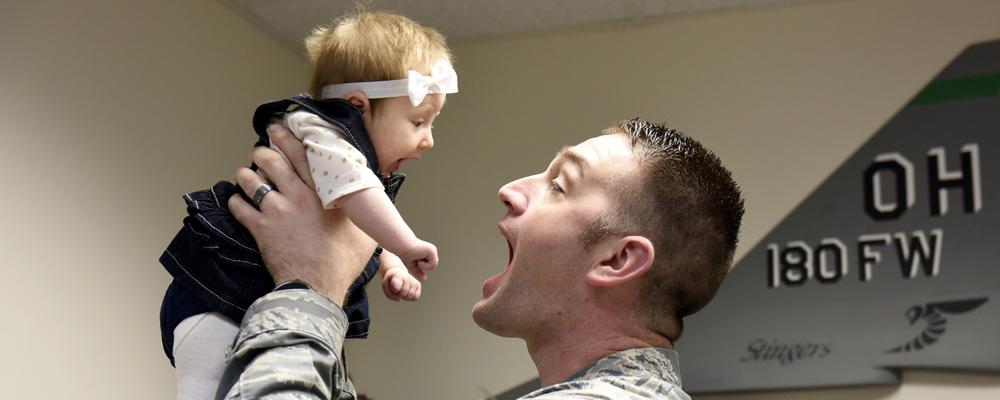
This policy further embraces the importance of shared parenting responsibilities by granting 21 additional days of paternity leave to non-birth parent service members within the Army. This inclusive approach seeks to recognize the integral role each parent plays in raising a child, regardless of their gender or biological relationship.
Benefits of the Expanded Program
The DoD's decision to expand the Army Parental Leave Program is a testament to its commitment to the well-being and support of its service members and their families. Here are some of the benefits service members can enjoy:
- Enhanced Family Bonding: The extended leave period allows parents to form strong attachments with their newborn or newly adopted child, fostering a sense of security and emotional well-being.
- Improved Health Outcomes: Studies have demonstrated that when parents have access to extended parental leave, it can significantly contribute to better health outcomes for both the child and the parent.
- Recruitment and Retention: By offering an enhanced parental leave program, the Army becomes an attractive career option for individuals seeking work-life balance and family-friendly policies.
- Gender Equality: The added paternity leave acknowledges the vital role non-birth parents play in the upbringing of a child, promoting gender equality within the Army.
FAQs
1. Who is eligible for the Army Parental Leave Program?
All Army service members, regardless of rank or occupation, are eligible for the Parental Leave Program. This includes both active-duty and Reserve-component personnel.
2. How does the Army Parental Leave Program differ from other branches of the military?
While each branch of the military has its own policies regarding parental leave, the Army's expansion of the program demonstrates its commitment to supporting its service members and their families by providing an extended leave period and additional paternity leave.
3. Can service members take parental leave at any time?
Service members are encouraged to discuss their parental leave plans with their immediate supervisors or commanding officers. While the Army aims to be flexible, the leave schedule must be compatible with operational requirements.
4. How does the extended leave affect service members' overall leave balances?
The additional leave granted under the Parental Leave Program is non-chargeable leave, meaning it does not impact the service members' existing leave balances. This allows service members to utilize their accrued leave for other purposes, such as vacations or personal time, separately from their parental leave.
5. Are service members entitled to pay during their parental leave?
During the parental leave period, service members are entitled to their regular pay and benefits. They continue to receive compensation as if they were on duty, ensuring financial stability during this important time.
The expanded Army Parental Leave Program offers numerous advantages for both service members and their families. By acknowledging the significance of family and providing ample time for bonding, the Army solidifies its commitment to the well-being and support of its personnel. These updates not only promote a healthy work-life balance but also help attract and retain dedicated individuals who value family-friendly policies. The improved program is a giant stride forward in ensuring the readiness and resilience of the Army and its dedicated service members.
DoD Expands Military Parental Leave Program | National Guard
 Image Source : www.ngaus.org
Image Source : www.ngaus.org Army Revamps Leave And Pass Regulation | Article | The United States Army
 Image Source : www.army.mil
Image Source : www.army.mil regulation revamps parental
Families With New Children Benefit From Change In Parental Regulation
 Image Source : www.army.mil
Image Source : www.army.mil army
Design Approval Sign-off Template - Page 2 | PdfFiller
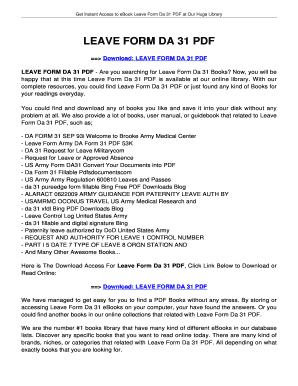 Image Source : www.pdffiller.com
Image Source : www.pdffiller.com Army Directive 2019-05 (Army Military Parental Leave Policy) Has Been
 Image Source : www.reddit.com
Image Source : www.reddit.com army parental directive retroactive
Army Revises Policies On Pregnancy, Parental Leave For Soldiers
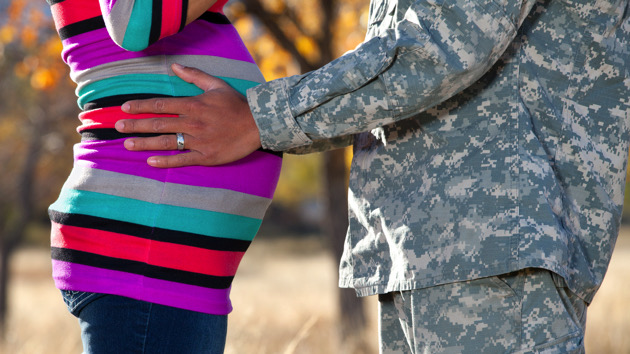 Image Source : www.mycentraloregon.com
Image Source : www.mycentraloregon.com Army Paternity Leave Program
/GettyImages-90306693-5a44ecd4482c520036778a30.jpg) Image Source : www.thebalance.com
Image Source : www.thebalance.com leave army paternity
Paternity Leave Army Da 31 Example - Fill And Sign Printable Template
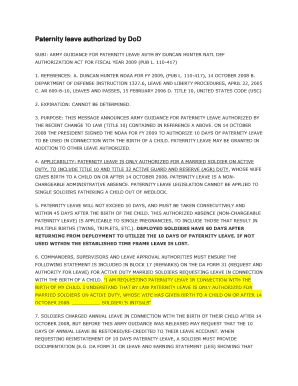 Image Source : www.uslegalforms.com
Image Source : www.uslegalforms.com Army revamps leave and pass regulation. Army parental directive retroactive. Families with new children benefit from change in parental regulation. Design approval sign-off template. Leave army paternity